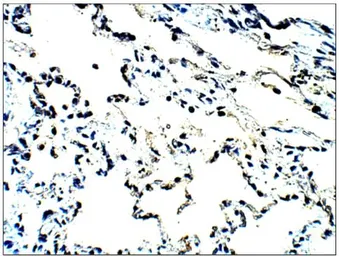MUC1 antibody
Cat. No. GTX14690
Cat. No. GTX14690
-
HostRabbit
-
ClonalityPolyclonal
-
IsotypeIgG
-
ApplicationsIHC-P IP ELISA
-
ReactivityHuman, Monkey, Baboon

